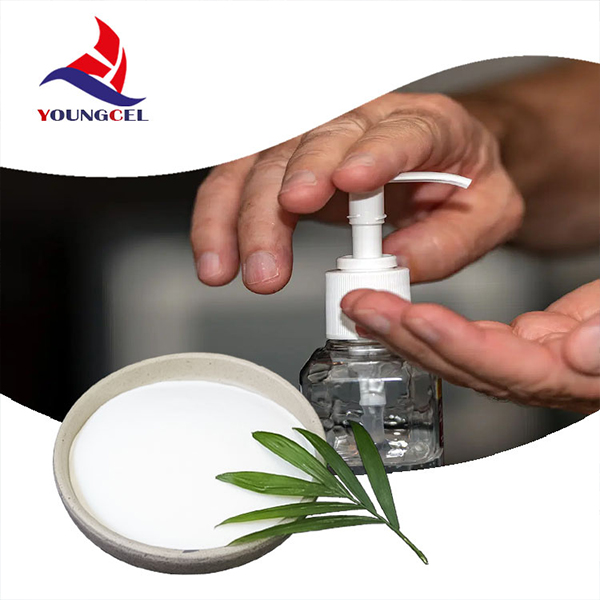The Versatility of Cellulose Ethers HE, HEMC, and HPMC
Cellulose ethers are an essential class of compounds widely used in various industries due to their unique properties and functionalities. Among the most commonly utilized cellulose ethers are Hydroxyethyl Cellulose (HEC), Hydroxyethyl Methyl Cellulose (HEMC), and Hydroxypropyl Methyl Cellulose (HPMC). These derivatives are derived from natural cellulose and are modified to impart specific characteristics that enhance their usability across different applications.
Overview of Cellulose Ethers
Cellulose, a natural polymer found in plant cell walls, serves as the backbone for cellulose ethers. The modification process involves the introduction of hydroxyethyl and hydroxypropyl groups, resulting in diverse functional profiles. This modification enhances solubility, thermal stability, and availability of functional groups for chemical reactions. The versatility of cellulose ethers is attributed to their capacity to form gels, emulsions, and films, making them indispensable in various sectors such as pharmaceuticals, construction, food, and personal care.
Hydroxyethyl Cellulose (HEC)
Hydroxyethyl Cellulose (HEC) is primarily recognized for its thickening and emulsifying properties. It is water-soluble, forming a clear solution in cold water. HEC is widely utilized in the cosmetic industry for formulating creams, lotions, and gels owing to its ability to improve texture and consistency. In pharmaceuticals, HEC is employed as a binder and film-forming agent in tablet formulations. Its viscosity-modifying abilities also make HEC valuable in aqueous systems, where it helps to enhance stability and prolong shelf life.
Hydroxyethyl Methyl Cellulose (HEMC)
cellulose ether hec hemc hpmc

Hydroxyethyl Methyl Cellulose (HEMC) combines the characteristics of both HEC and methyl cellulose. HEMC exhibits excellent water retention and forms viscous solutions, making it a preferred choice in many applications. In the construction industry, HEMC is incorporated into cement-based products to improve workability and enhance the adhesion of mortars. Additionally, its use in paints and coatings helps in achieving a uniform application, thereby improving the aesthetic quality of the surface. HEMC also finds utility in the food sector as a food additive, where it acts as a thickener and stabilizer.
Hydroxypropyl Methyl Cellulose (HPMC)
Hydroxypropyl Methyl Cellulose (HPMC) is one of the most widely studied and utilized cellulose ethers. Due to its chemical composition, HPMC possesses unique properties, including high water solubility and gel-forming abilities. This makes HPMC a valuable ingredient in the food industry, where it acts as a thickening and emulsifying agent. In the pharmaceutical realm, HPMC is employed as a binder in tablet formulations and is also utilized in controlled-release drug formulations due to its ability to regulate drug release rates.
One of the outstanding features of HPMC is its thermal gelation property; it can change from a liquid to gel form upon heating, a property that is exploited in diverse applications, including gel capsules and food products. Furthermore, HPMC is also used in personal care formulations, such as shampoos and hair conditioners, where it acts as a stabilizing and thickening agent.
Conclusion
The cellulose ethers HEC, HEMC, and HPMC are prime examples of how natural polymers can be modified to produce versatile and functional materials suitable for a wide array of applications. From pharmaceuticals to construction, these cellulose ethers enhance product performance through their thickening, binding, and emulsifying properties. As industries continue to evolve, the demand for eco-friendly and biodegradable materials will further drive the use of cellulose ethers, solidifying their position as vital components in modern formulations. The ongoing research and development in this field hold the potential for exciting new applications and enhanced functionalities, making cellulose ethers a topic of significant interest across various scientific and industrial domains.
-
The Application and Significance of Construction RdpNewsMay.19,2025
-
Industrial Grade HpmcNewsMay.19,2025
-
Building Coating Adhesive Building Coating Adhesive HpmcNewsMay.19,2025
-
Application Of Hpmc For Detergent For Detergent In DetergentsNewsMay.19,2025
-
Application Of Hpmc Cellulose In Cement-Based MaterialsNewsMay.19,2025
-
Application Of High Quality Hpmc For Construction In The Field Of ConstructionNewsMay.19,2025




